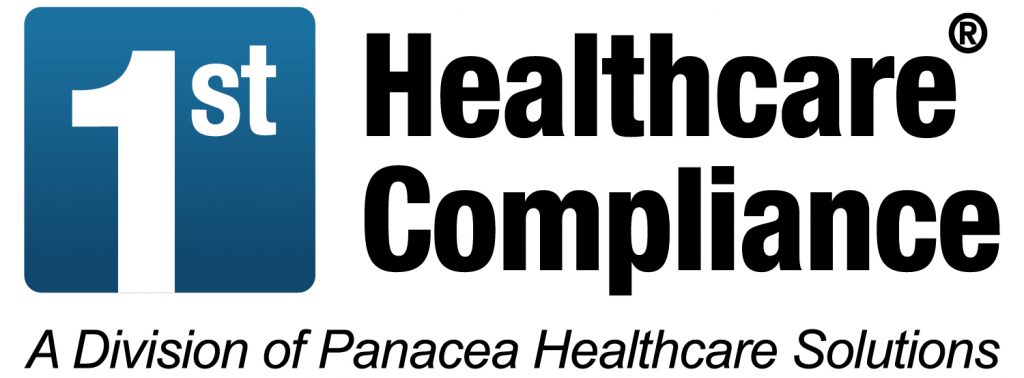Q&A: National CLAS Standards in Healthcare

Nadia Sawaya-Gauckler from InterCultural Communications LLC presented the webinar National Standards for Culturally and Linguistically Appropriate Services (CLAS). Ms. Sawaya-Gauckler addressed many common questions and we’ve highlighted the top Q&A below.
What if a patient refuses interpreter services?
It is a right for a patient to refuse interpreter services. As an organization, as a provider, you still need to communicate to the patient in a language that they understand, that they have a right to language assistance services, and that it is at no cost to them. If they still refuse an interpreter, then it is recommended that the staff complete a “waiver for the language assistance,” and to document this in the patient’s record. It is highly recommended, that if the patient is unable to understand communication with the provider, then the provider needs to have a professional interpreter present. Please note that minors should not be used to provide interpreter services and it is not recommended to use family/friends for confidentiality and impartiality reasons.
Is there a national certification for interpreters and translators?
For translators, there is a national certification through the American Translation Agency. For interpretation, there is no national certification at the moment. But as the medical interpretation profession is growing, many organizations are working on a national certification such as the National Council on Interpreting in Health Care (NCIH) and the Certification Commission for Health Care Interpreters (CCHI). At this point, to assess the competency of an interpreter, there are standards that have been adopted across the nation. For example, for language proficiency assessments, you need to assess proficiency in target and source language and assess medical terminology knowledge in both target and source language. There are professional certifications, by accredited agencies (NICH and CCHI), that the organization can refer to, as well as looking into the experience of the interpreter.
Does our organization have to provide all types of language assistance services?
If Title VI applies to your organization, it is recommended to follow the Four Factor Analysis to determine what language services you need to provide to ensure meaningful access:
- The number or proportion of LEP (limited English proficiency) persons eligible to be serviced or likely to be encountered by the organization
- The frequency with which LEP persons using a particular language come in contact with the organization
- The nature and importance of the organization program or activity provided to the individual’s life
- The resources available to the organization, and costs associated with providing LEP service.
Depending on the organization size, and depending on the number of patients requesting interpreter services, for example, offering a telephonic interpretation might be reasonable. In other situations, if you are a large healthcare institution, and you have a large number of limited English proficient patients, it is important to have available face-to-face interpretation. It is recommended to have all modalities available because it is important to offer that service to all patients as different situations may require different modalities for communication. If you have, for example, a deaf or hard of hearing patient, or intake consultation, it may be best to have a face-to-face or video remote interpreting to facilitate communication. So, we do recommend for the organizations to have all the options and many of the contracted agencies offer all these options: telephonic, face-to-face, as well as video interpreting.
What resources are available for us to determine how many LEP (Limited English Proficiency) individuals reside in our service area and what languages they speak?
In addition to your own organization language assistance services and contracted agencies data, there are government resources you can refer to such as The US Census, American Fact Finder which provides popular facts (population, income, etc.) about your community, and the Modern Language Association (MLA) Language Map offers the linguistic and cultural composition of the United States.
Be sure to check out Nadia Sawaya-Gauckler’s webinar and explore our other online resources, such as our online compliance training courses, compliance posters, and our complimentary webinars and podcasts.


